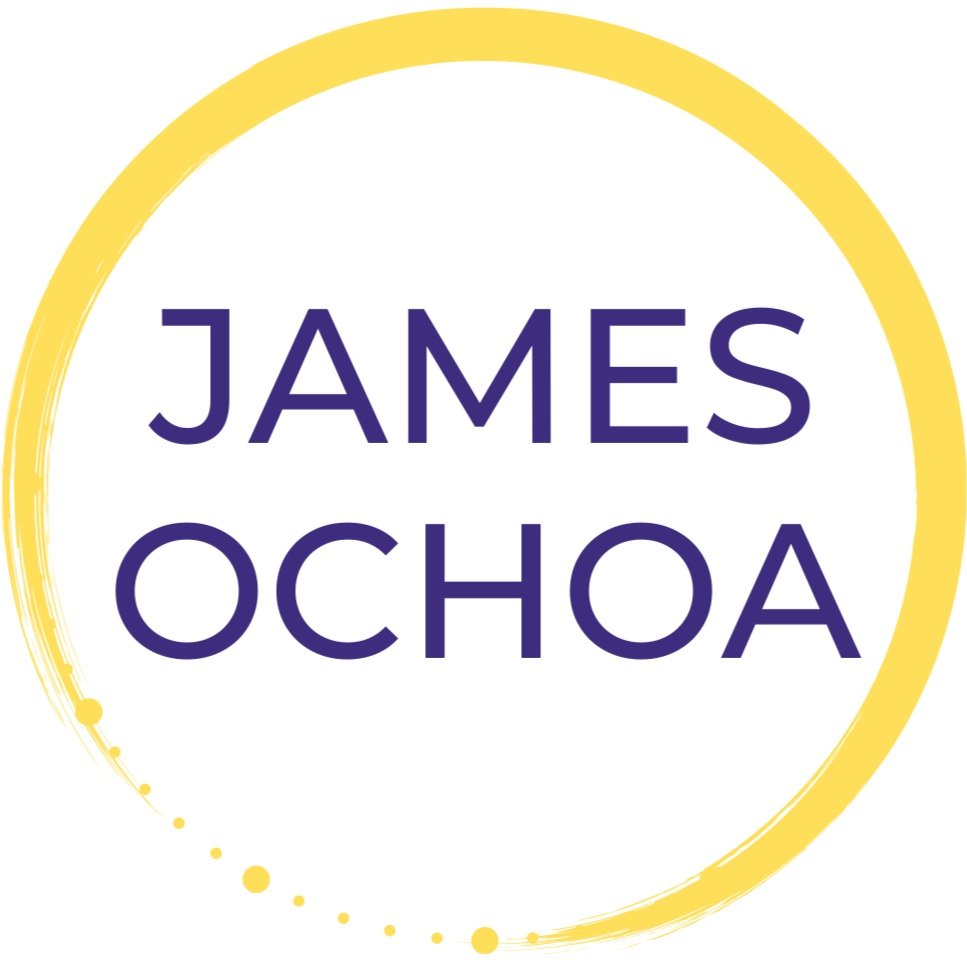Step Back From the Noise, Mindfully
James Ochoa, LPC
If you’ve been diagnosed with ADHD, the thought of learning meditation skills immediately seems like an oxymoron. Especially, if you’re newly diagnosed.
So how can you stay focused if you’re constantly distracted? Can those diagnosed with ADHD even learn to meditate? YES! And here's how to begin ....
First, let's drive away some common myths about meditation.
Everyone who meditates gets distracted … even people who’ve been meditating for years. You’re in good company.
The art of meditation is re-setting your focus to your breath, recognizing how your body feels, hearing the sounds around you ~ to whatever you set your intention to begin with.
Meditation is a "practice" and not a skill that will be mastered. There are no wrong ways to meditate. Practice means learning how to build a personal relationship to meditation.
The importance of meditation for those diagnosed with ADHD needs to be a Maslow hierarchy of need, equal to food, water, sleep, and shelter. It’s not just a cool hip thing everyone is doing ~ a “shiny object” to rush toward and hyper-focus on for several weeks, spending too much money signing up for monthly auto-draft yoga classes, and draining your bank account in ways that create the worst of ADHD storms!
Instead, meditation is fuel for your ADHD brain to reach a center point of calm throughout the day and to increase feel-good hormones.
I introduce my clients to three different ways to build a relationship with meditation.
Guided Meditations – a first step to learning what it feels like to be centered and calm, even for just nano-seconds at the beginning. I suggest the Insight Timer app (https://insighttimer.com/) with thousands of guided meditations to choose from. I encourage clients to find the most unusual, atypical guided meditations that capture their “shiny-object-seeking” minds to center and focus themselves.
Interval Bells - setting up periods of silence with a series of bells that ring at chosen intervals. An example would be to set a timer for 20 minutes and every two minutes a bell will ring to reset, or shift your focus from sounds, to focusing on breathing. Those diagnosed with ADHD need choices to hold their interest. There’s no need for incense or sitting in uncomfortable positions.
Contemplative Meditations - the act of “filling your mind” with an activity. Yoga is a great example of contemplative meditation that creates greater awareness and mindfulness. The act of washing dishes, or folding clothes, can also be mindful in the awareness you bring to it for the focus of being calm and centering yourself.
Two ways to practice contemplation are what I call Slow Motion and Micro-Meditations.
Slow Motion is simply slowing down an activity by 25% to increase your awareness to stay centered, like walking to your car slower from the house or work. Smile. Pause. See the moment. Appreciate the mental gymnastics of your brain.
Micro-Meditations use one, two, or three-minute meditations to re-center yourself throughout the day to re-engage the kinesthetic memory of what you felt in other times of meditation. Those diagnosed with ADHD need this because we’re thrown off center so often.
My favorite meditation, now 20 years running, is to face the sun, close my eyes, and breathe deeply, while counting in my head one thousand one, one thousand two……up to one thousand sixty, for a minute, contemplating living a wildly passionate and fun life.
So, this is my recommendation for you: start meditating now and see where it takes you. One-minute, three-minute, or five-minute sessions are great places to start, though if you want to hit the pause button for longer, you should certainly go ahead.
